Changing Pass Exhibit
9/11
Report this entry
More from the same community-collection
City Hall circa 1915, El Paso, Texas
Intersection of Myrtle & San Antonio Streets between 1910-1920. ...
Church and County Courthouse in 1890s
This picture, dating back to the 1890s, shows the County ...
Bird's Eye View of El Paso from Mesa Garden
The picture captures El Paso between 1890 and 1900. It was taken ...
The Popular Dry Good Company
The Popular department store chain, founded by Adolph Schwartz, ...
Chamber of Commerce Anniversary Luncheon
These are the past and present directors of the El Paso Chamber ...
N. Mesa Street Downtown El Paso, Texas
Image of N. Mesa Street with sign and lamp post in downtown El ...
Betty Moor MacGuire Hall - El Paso Texas
Photograph of the Betty Moor MacGuire Hall. The picture features ...











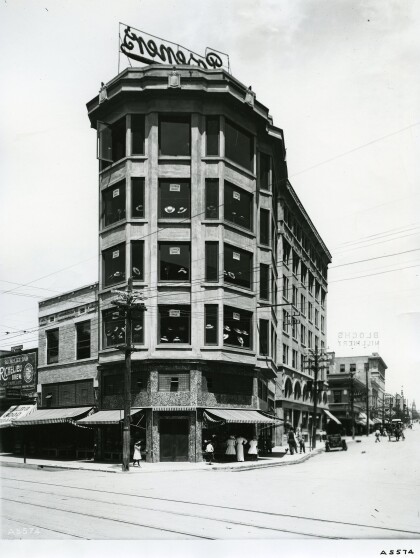
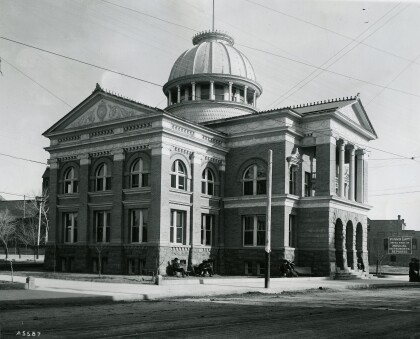
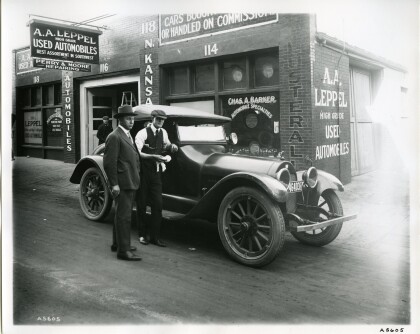
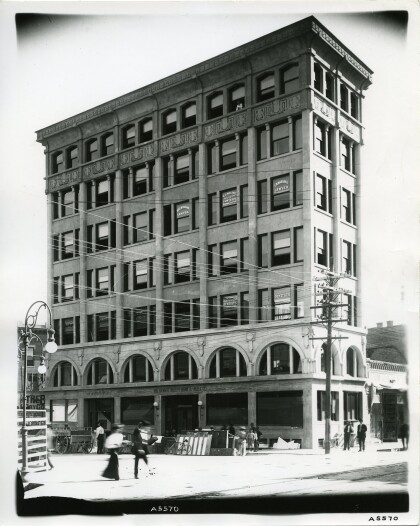
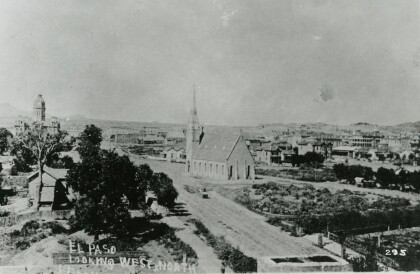
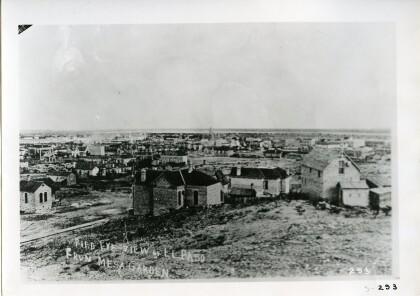
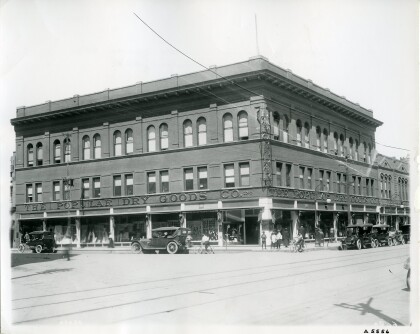
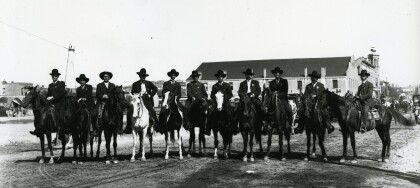
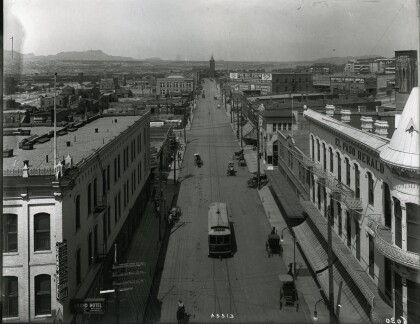
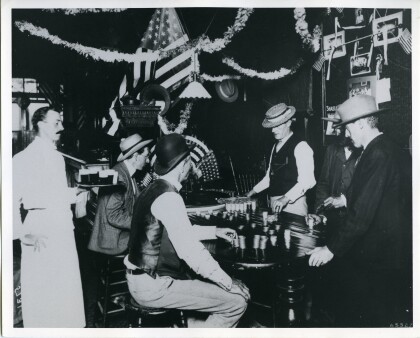
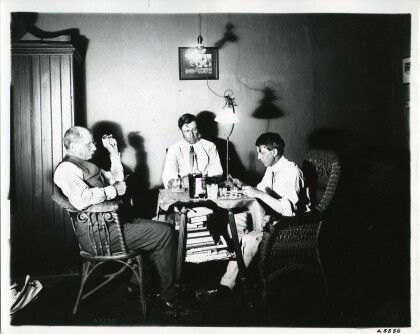
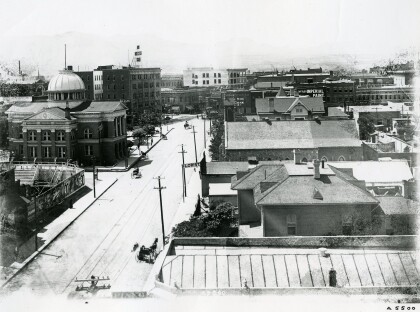
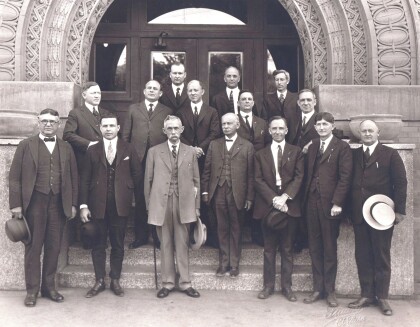
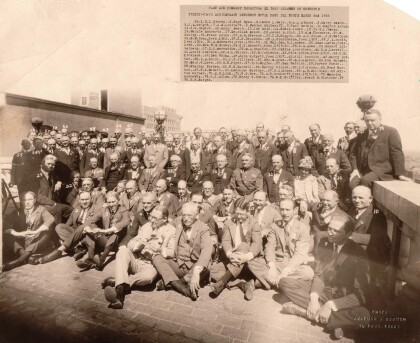
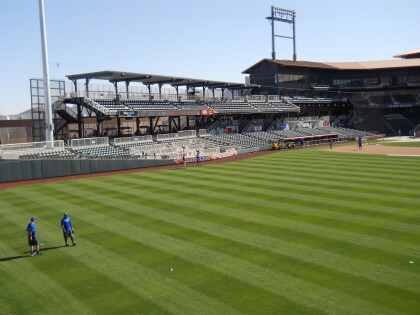
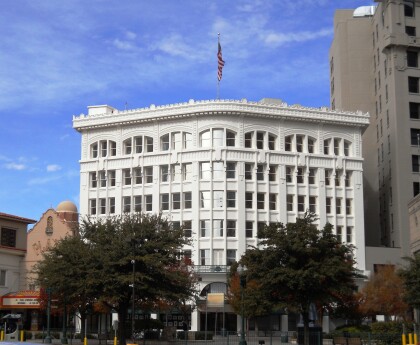
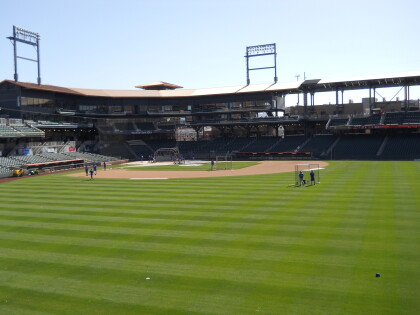
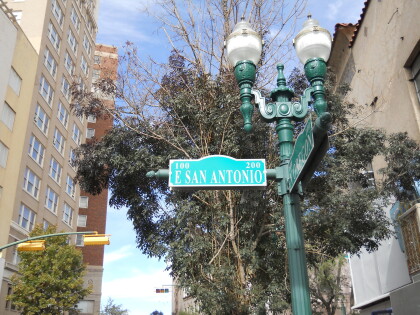
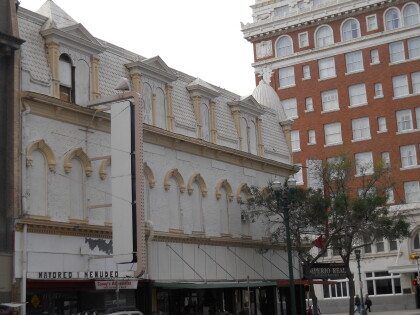
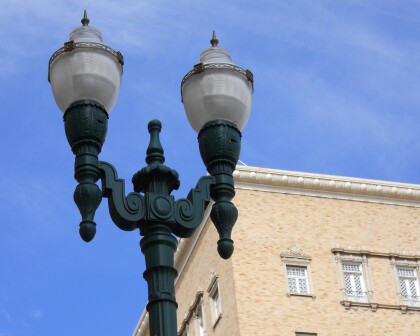
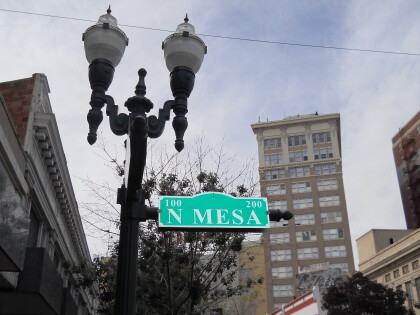
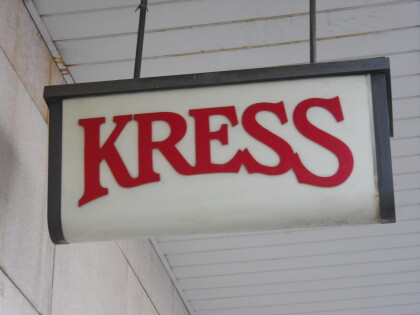
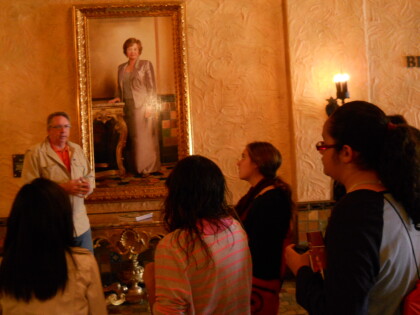
Comments
Add a comment